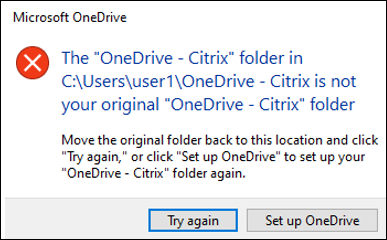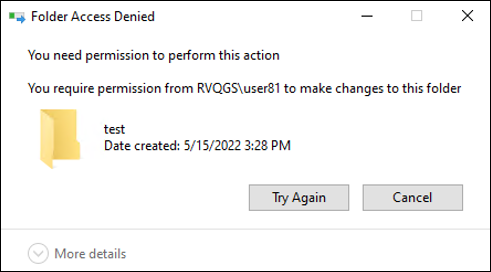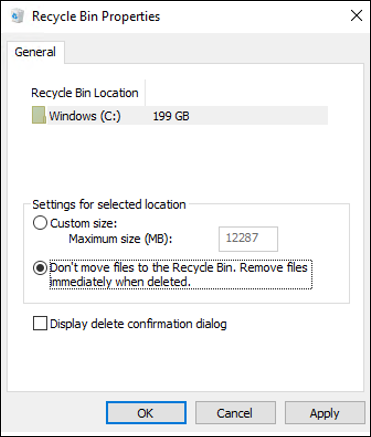-
-
Known issues
This content has been machine translated dynamically.
Dieser Inhalt ist eine maschinelle Übersetzung, die dynamisch erstellt wurde. (Haftungsausschluss)
Cet article a été traduit automatiquement de manière dynamique. (Clause de non responsabilité)
Este artículo lo ha traducido una máquina de forma dinámica. (Aviso legal)
此内容已经过机器动态翻译。 放弃
このコンテンツは動的に機械翻訳されています。免責事項
이 콘텐츠는 동적으로 기계 번역되었습니다. 책임 부인
Este texto foi traduzido automaticamente. (Aviso legal)
Questo contenuto è stato tradotto dinamicamente con traduzione automatica.(Esclusione di responsabilità))
This article has been machine translated.
Dieser Artikel wurde maschinell übersetzt. (Haftungsausschluss)
Ce article a été traduit automatiquement. (Clause de non responsabilité)
Este artículo ha sido traducido automáticamente. (Aviso legal)
この記事は機械翻訳されています.免責事項
이 기사는 기계 번역되었습니다.책임 부인
Este artigo foi traduzido automaticamente.(Aviso legal)
这篇文章已经过机器翻译.放弃
Questo articolo è stato tradotto automaticamente.(Esclusione di responsabilità))
Translation failed!
Known issues
The following known issues exist in this release:
-
When configuring an app access control rule to hide an application from certain computers, in addition to those computers, you must configure at least one OU for the assignments. If not, the rule applies to all OUs—the application is invisible to all computers in your domain.
Example: The assignments of an application include computers A and B and don’t include any OUs. The application is invisible to all computers in your domain.
The same issue occurs when you configure rules to hide an app from certain OUs. In addition to those OUs, you must configure at least one computer for the assignments. If not, the rule applies to all computers—the application is invisible to all computers in your domain.
Example: The assignments of an application include OUs X and Y and don’t include any computers. The application is invisible to all computers in your domain. [UPM-4896]
- With the full profile container or the OneDrive container enabled, the following message appears when a user logs on to a machine:
- The user has been using the OneDrive folder before the container is enabled, and
-
This is the first time that the user logs on to a machine after the container is enabled.

To resolve the issue, click Try again. The OneDrive folder is then successfully migrated to the container. [UPM-4166]
-
The message “Folder Access Denied” appears when users move a folder to the Recycle Bin in the following situations:
- With the partial profile container or the OneDrive container enabled, users try to delete a folder from either container.
-
With the full profile container enabled, users try to delete a folder that is not in the user profile folder but on the same disk as the profile.

To work around this issue, perform permanent deletion instead:
- Select the folder, and press Shift + Delete to delete it permanently.
-
Set Recycle Bin Properties to Don’t move files to the Recycle Bin. Remove files immediately when deleted. [UPM-4165]

- You are prompted to restart your machine after installing a VDA. However, the Profile Management service might not start after you restart the machine. When this issue happens, you can see that the following message about Event 7000 appears in the system Event log: “The ctxProfile service failed to start due to the following error: The service did not respond to the start or control request in a timely fashion.” As a workaround, change the value of the following registry key to a greater number (for example, 300,000):
- HKEY_LOCAL_MACHINE\SYSTEM\CurrentControlSet\Control\
- Name: ServicesPipeTimeout
- Type: REG_DWORD
- Value: 300000 [UPM-1454]
- Some sections of the Start menu might not populate. To work around this issue, run the
gpupdate /forcecommand from the command prompt. [UPM-1933]
Share
Share
In this article
This Preview product documentation is Citrix Confidential.
You agree to hold this documentation confidential pursuant to the terms of your Citrix Beta/Tech Preview Agreement.
The development, release and timing of any features or functionality described in the Preview documentation remains at our sole discretion and are subject to change without notice or consultation.
The documentation is for informational purposes only and is not a commitment, promise or legal obligation to deliver any material, code or functionality and should not be relied upon in making Citrix product purchase decisions.
If you do not agree, select I DO NOT AGREE to exit.